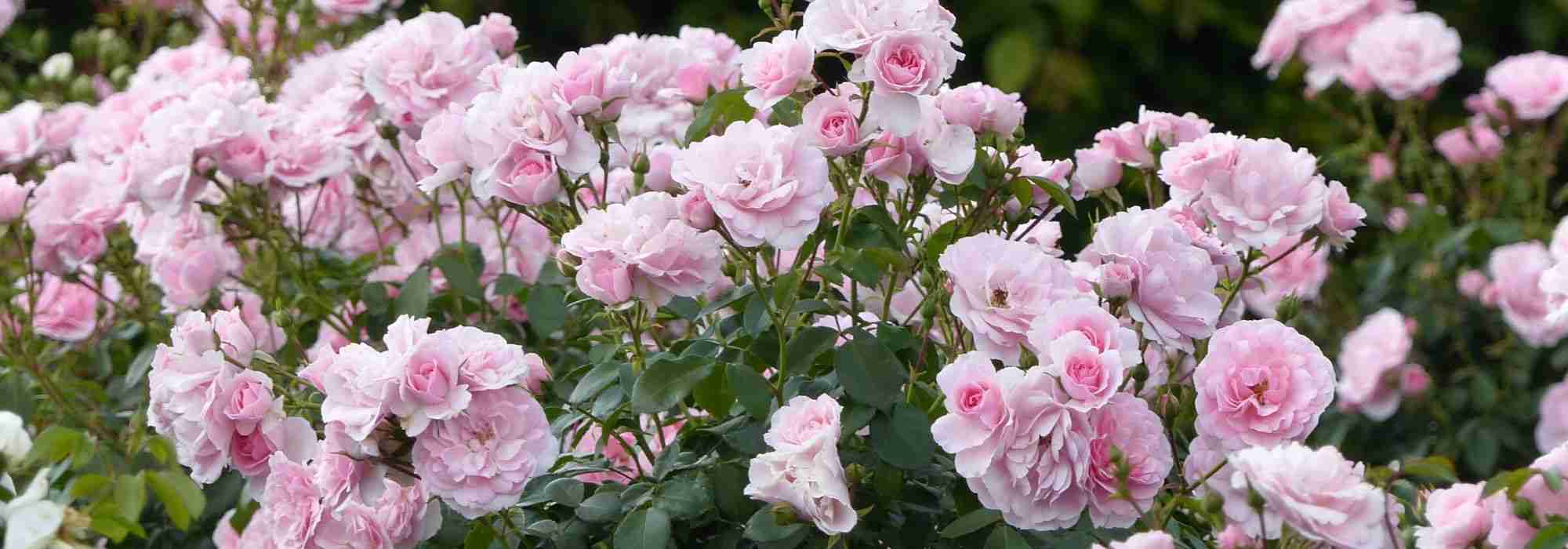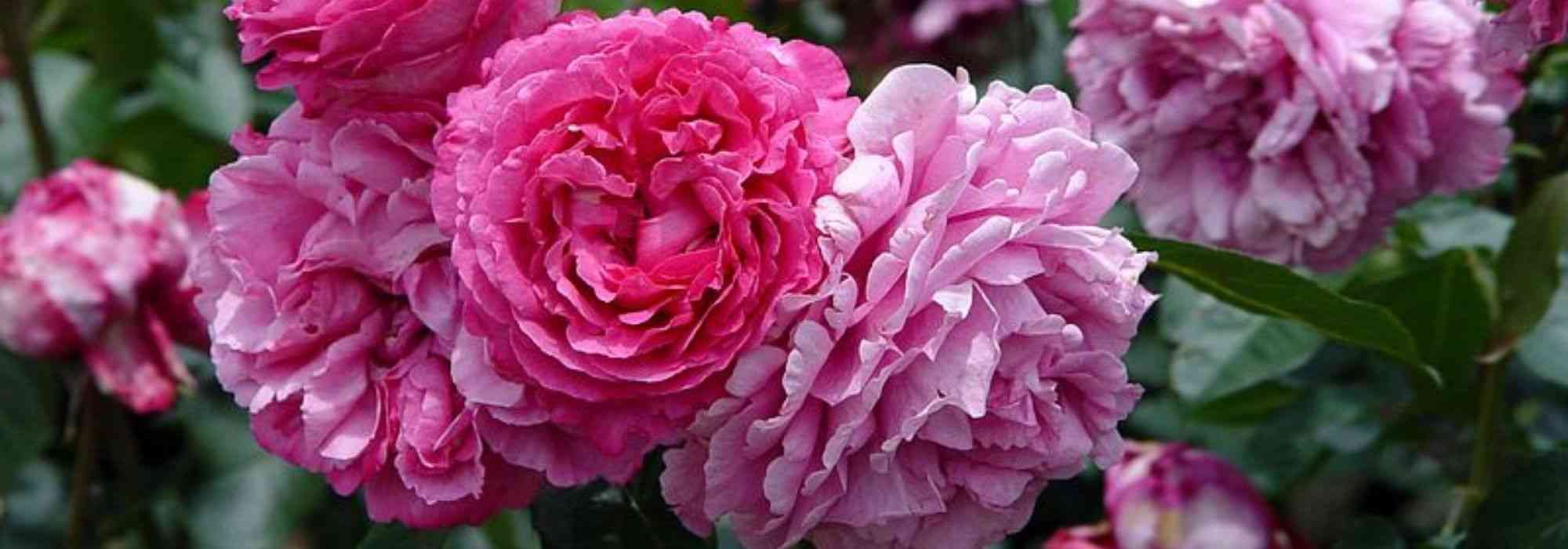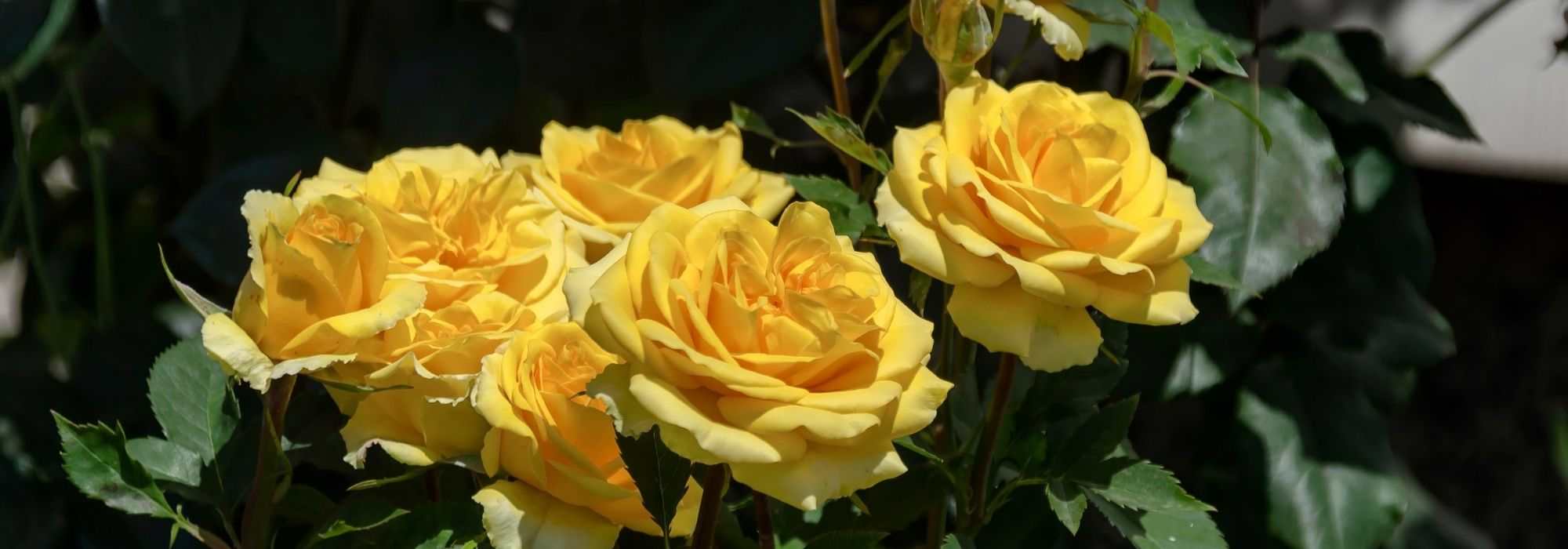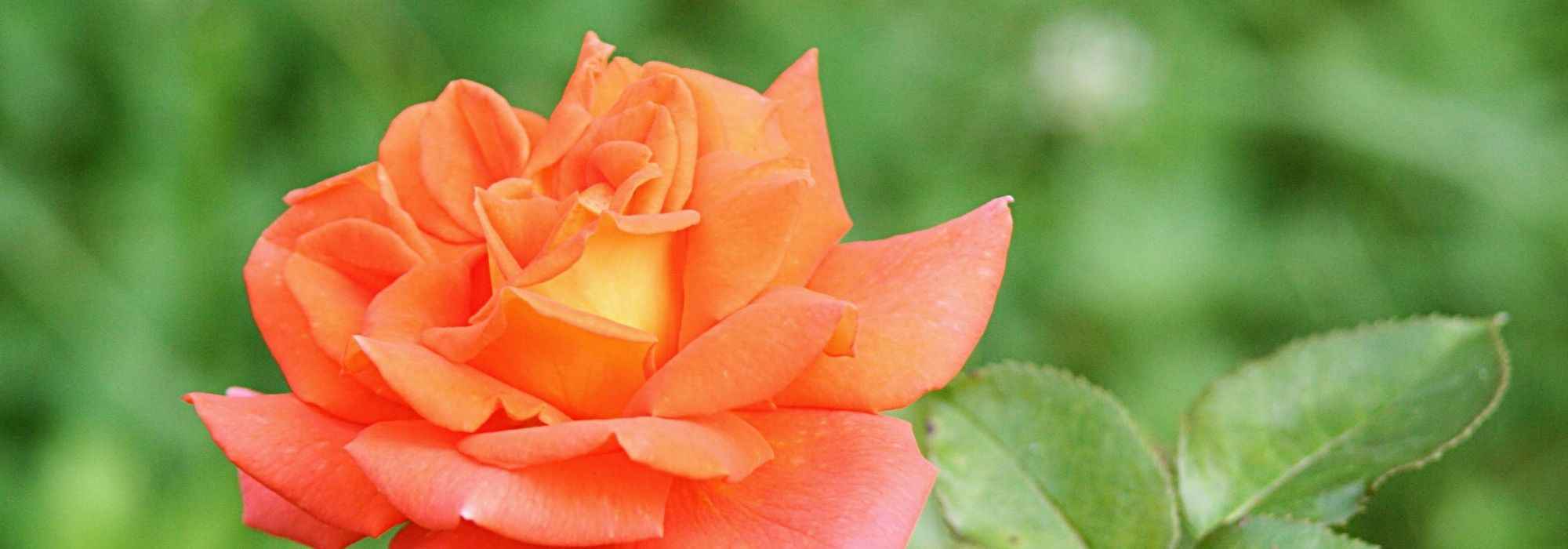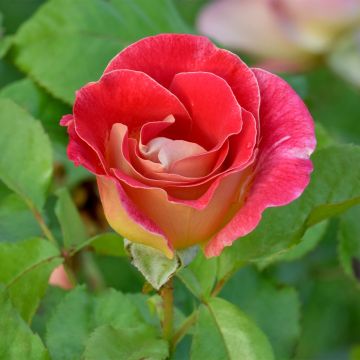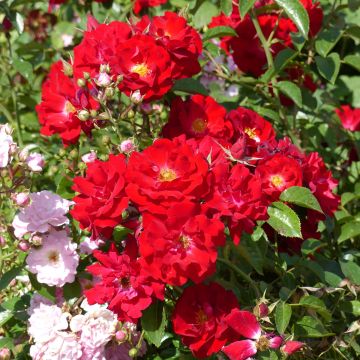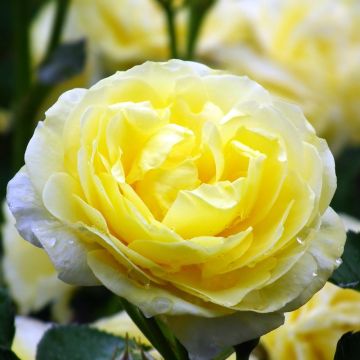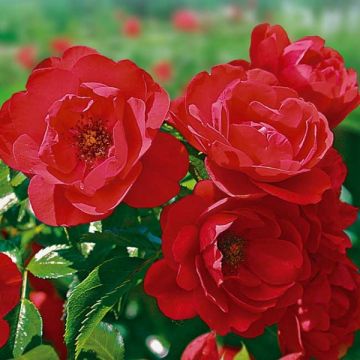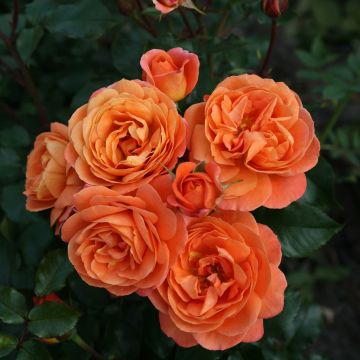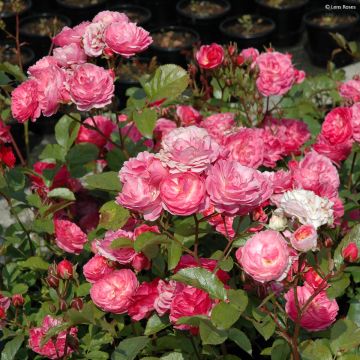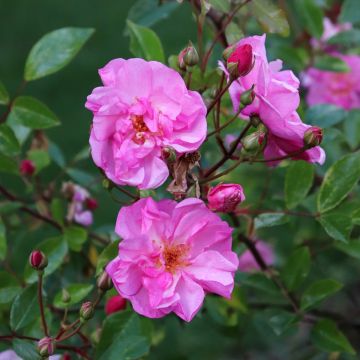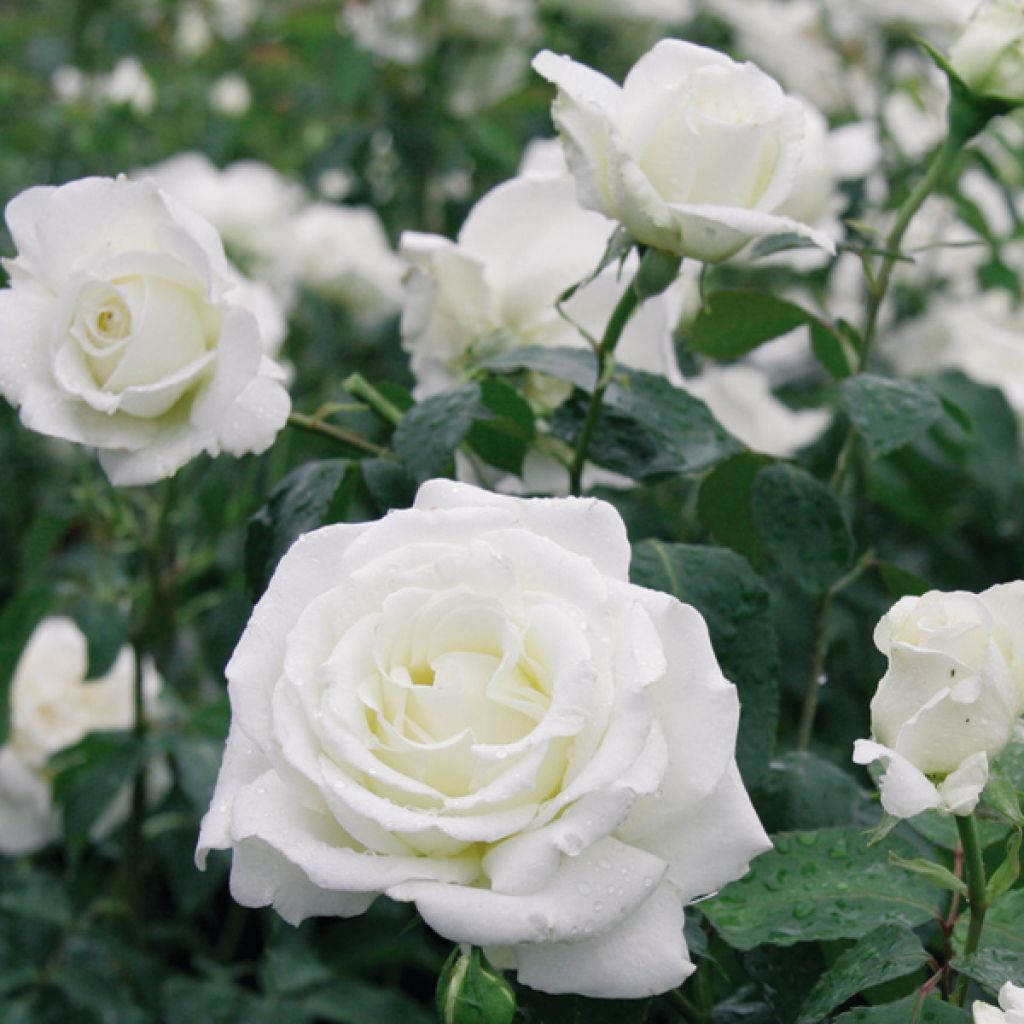

Rosa 'Mémoire' - Hybrid Tea Rose
View more pictures
Hide images

Thierry P.

October flowering - image 1
Thierry P. • 84 FR
Rosa 'Mémoire' - Hybrid Tea Rose
Rosa Mémoire® KORzuri
KORzuri
Planted just a few days ago in a pot, it's already producing new shoots! Of course, I added crushed horn and dried blood! I can't wait for next spring to enjoy its beautiful flowering! As usual, it's a quality plant! Thank you ;)
marianne, 01/10/2025
Special offer!
Receive a €20 voucher for any order over €90 (excluding delivery costs, credit notes, and plastic-free options)!
1- Add your favorite plants to your cart.
2- Once you have reached €90, confirm your order (you can even choose the delivery date!).
3- As soon as your order is shipped, you will receive an email containing your voucher code, valid for 3 months (90 days).
Your voucher is unique and can only be used once, for any order with a minimum value of €20, excluding delivery costs.
Can be combined with other current offers, non-divisible and non-refundable.
Home or relay delivery (depending on size and destination)
Schedule delivery date,
and select date in basket
We guarantee the quality of our plants for a full growing cycle, and will replace at our expense any plant that fails to recover under normal climatic and planting conditions.
Description
The 'Memoire' Rose or 'KORzuri', created by Kordes in 1992, is a splendid white bush rose. Its flowers are large, beautifully formed, pure white with cream in the centre and fragrant, carried by long sturdy stems. The plant is also adorned with abundant dark green foliage, providing a beautiful backdrop for the roses throughout the season. It is an excellent rose for borders and cut flowers. A true irreplaceable white!
The rose 'Memoire' (synonyms Ice Cream, KORzuri, Memory) is part of the modern hybrid tea roses, recognisable by their large turbinate flowers. With rapid and vigorous growth, the bush reaches a height of about 80-90 cm (32-35in) and a spread of 40 cm (16in). It develops long, thorny stems adorned with healthy foliage and very wide, glossy, dark green leaflets. It is a repeat flowering rose that blooms continuously from May-June to October. The flowers are solitary at the end of the stems. Each flower, measuring 10 to 12 cm (4 to 5in) wide, is composed of 26 to 40 petals. It is magnificent pure white, with swirling cream reflections in the centre. The colour remains stable and does not stain over time. Just before wilting, the petals open flat to reveal a bouquet of yellow stamens. This variety is highly resistant to diseases in good growing conditions, tolerates heat well, and its flowering withstands rain.
Lovely in a small garden, the Memoire Rose is also perfect for use in borders. It can be paired, for example, with white or pink paniculate Phlox, as well as with the dark foliage of boxwoods, Distylium (x) Blue Cascade, creeping cotoneasters, or the tall spikes of Baptisias in white or blue tones. Its cut flowers are naturally perfect in bouquets and wedding baskets, along with lilies, white freesias, and Ethiopian arum lilies.
Rosa 'Mémoire' - Hybrid Tea Rose in pictures
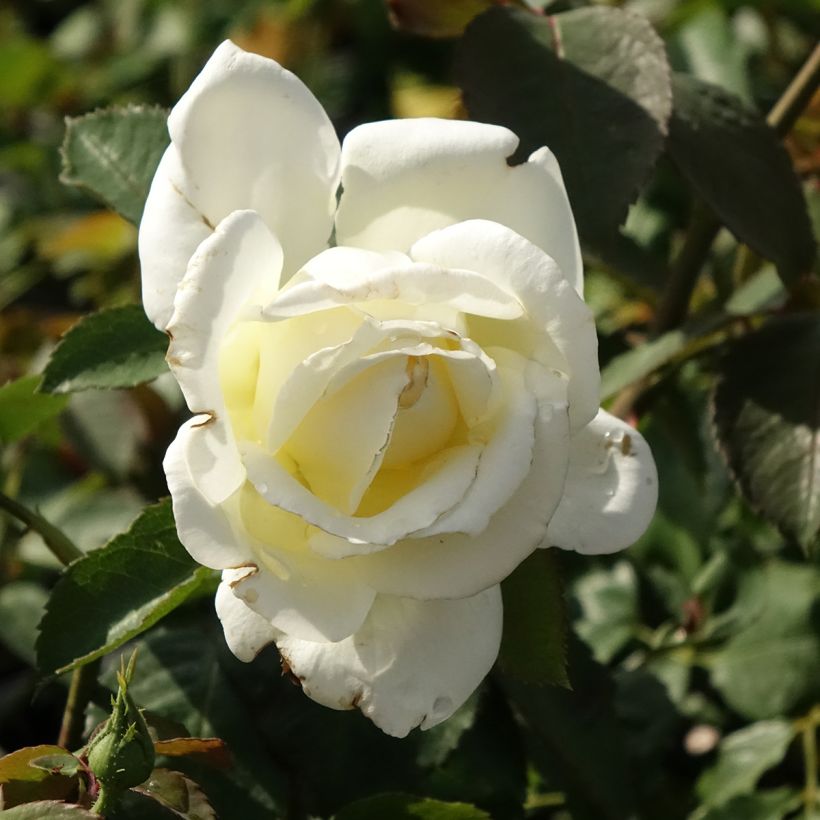

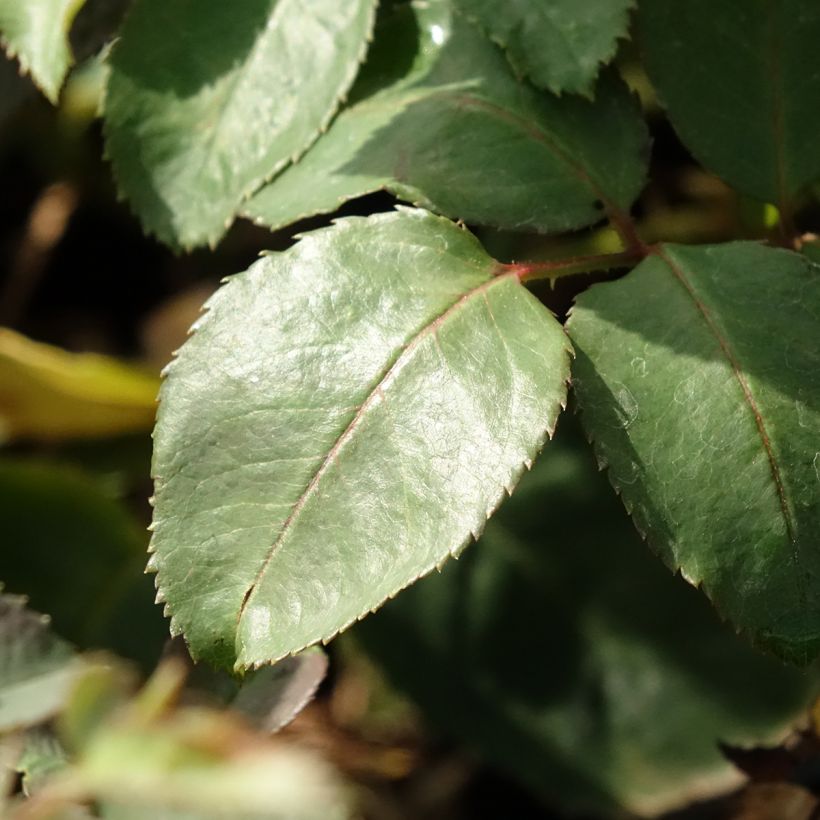

Plant habit
Flowering
Foliage
Botanical data
Rosa
Mémoire® KORzuri
Rosaeae
KORzuri
Cultivar or hybrid
Rosa canina Laxa (Wrapped bare root, 4L/5L pot)
Planting and care
If you want to plant a rose, you need to prepare the soil first. Loosen the soil to a depth of 25 cm (10 in) and add a bottom amendment such as blood, fish, and bone. Take the plant out of its pot and position it in the soil, making sure to cover the top of the root ball with 3 cm (1 in) of soil. Fill in the hole and water generously to remove any air pockets. If the weather is dry, you should water the rose regularly for a few weeks to help it root. And don't forget to use a special rose fertilizer that encourages flowering.
Roses may develop unsightly spots at the end of summer, but this is a natural occurrence and doesn't harm the rose's growth.
Planting period
Intended location
Care
Planting & care advice
-
, onOrder confirmed
Reply from on Promesse de fleurs
Similar products
Haven't found what you were looking for?
Hardiness is the lowest winter temperature a plant can endure without suffering serious damage or even dying. However, hardiness is affected by location (a sheltered area, such as a patio), protection (winter cover) and soil type (hardiness is improved by well-drained soil).

Photo Sharing Terms & Conditions
In order to encourage gardeners to interact and share their experiences, Promesse de fleurs offers various media enabling content to be uploaded onto its Site - in particular via the ‘Photo sharing’ module.
The User agrees to refrain from:
- Posting any content that is illegal, prejudicial, insulting, racist, inciteful to hatred, revisionist, contrary to public decency, that infringes on privacy or on the privacy rights of third parties, in particular the publicity rights of persons and goods, intellectual property rights, or the right to privacy.
- Submitting content on behalf of a third party;
- Impersonate the identity of a third party and/or publish any personal information about a third party;
In general, the User undertakes to refrain from any unethical behaviour.
All Content (in particular text, comments, files, images, photos, videos, creative works, etc.), which may be subject to property or intellectual property rights, image or other private rights, shall remain the property of the User, subject to the limited rights granted by the terms of the licence granted by Promesse de fleurs as stated below. Users are at liberty to publish or not to publish such Content on the Site, notably via the ‘Photo Sharing’ facility, and accept that this Content shall be made public and freely accessible, notably on the Internet.
Users further acknowledge, undertake to have ,and guarantee that they hold all necessary rights and permissions to publish such material on the Site, in particular with regard to the legislation in force pertaining to any privacy, property, intellectual property, image, or contractual rights, or rights of any other nature. By publishing such Content on the Site, Users acknowledge accepting full liability as publishers of the Content within the meaning of the law, and grant Promesse de fleurs, free of charge, an inclusive, worldwide licence for the said Content for the entire duration of its publication, including all reproduction, representation, up/downloading, displaying, performing, transmission, and storage rights.
Users also grant permission for their name to be linked to the Content and accept that this link may not always be made available.
By engaging in posting material, Users consent to their Content becoming automatically accessible on the Internet, in particular on other sites and/or blogs and/or web pages of the Promesse de fleurs site, including in particular social pages and the Promesse de fleurs catalogue.
Users may secure the removal of entrusted content free of charge by issuing a simple request via our contact form.
The flowering period indicated on our website applies to countries and regions located in USDA zone 8 (France, the United Kingdom, Ireland, the Netherlands, etc.)
It will vary according to where you live:
- In zones 9 to 10 (Italy, Spain, Greece, etc.), flowering will occur about 2 to 4 weeks earlier.
- In zones 6 to 7 (Germany, Poland, Slovenia, and lower mountainous regions), flowering will be delayed by 2 to 3 weeks.
- In zone 5 (Central Europe, Scandinavia), blooming will be delayed by 3 to 5 weeks.
In temperate climates, pruning of spring-flowering shrubs (forsythia, spireas, etc.) should be done just after flowering.
Pruning of summer-flowering shrubs (Indian Lilac, Perovskia, etc.) can be done in winter or spring.
In cold regions as well as with frost-sensitive plants, avoid pruning too early when severe frosts may still occur.
The planting period indicated on our website applies to countries and regions located in USDA zone 8 (France, United Kingdom, Ireland, Netherlands).
It will vary according to where you live:
- In Mediterranean zones (Marseille, Madrid, Milan, etc.), autumn and winter are the best planting periods.
- In continental zones (Strasbourg, Munich, Vienna, etc.), delay planting by 2 to 3 weeks in spring and bring it forward by 2 to 4 weeks in autumn.
- In mountainous regions (the Alps, Pyrenees, Carpathians, etc.), it is best to plant in late spring (May-June) or late summer (August-September).
The harvesting period indicated on our website applies to countries and regions in USDA zone 8 (France, England, Ireland, the Netherlands).
In colder areas (Scandinavia, Poland, Austria...) fruit and vegetable harvests are likely to be delayed by 3-4 weeks.
In warmer areas (Italy, Spain, Greece, etc.), harvesting will probably take place earlier, depending on weather conditions.
The sowing periods indicated on our website apply to countries and regions within USDA Zone 8 (France, UK, Ireland, Netherlands).
In colder areas (Scandinavia, Poland, Austria...), delay any outdoor sowing by 3-4 weeks, or sow under glass.
In warmer climes (Italy, Spain, Greece, etc.), bring outdoor sowing forward by a few weeks.


































